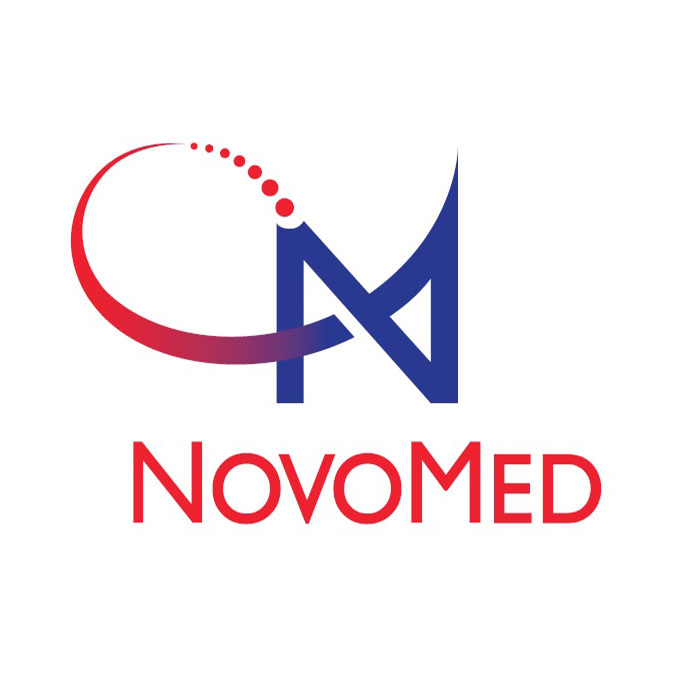Compression Levels and Indications
| Compression Level1 | Indications |
|---|---|
| 10 - 20 mmHg |
|
| 20 - 30 mmHg |
|
| 30 - 40 mmHg2 |
|
| >40 mmHg |
|
1 Compression levels proposed are just indicative and may be changed as to the judjement of the therapist. National regulations may define distinct compression ranges for given compression classes.
2 In the US, 30-40 mmHg may be used for post-procedure of a venous surgery or thermal ablation.




